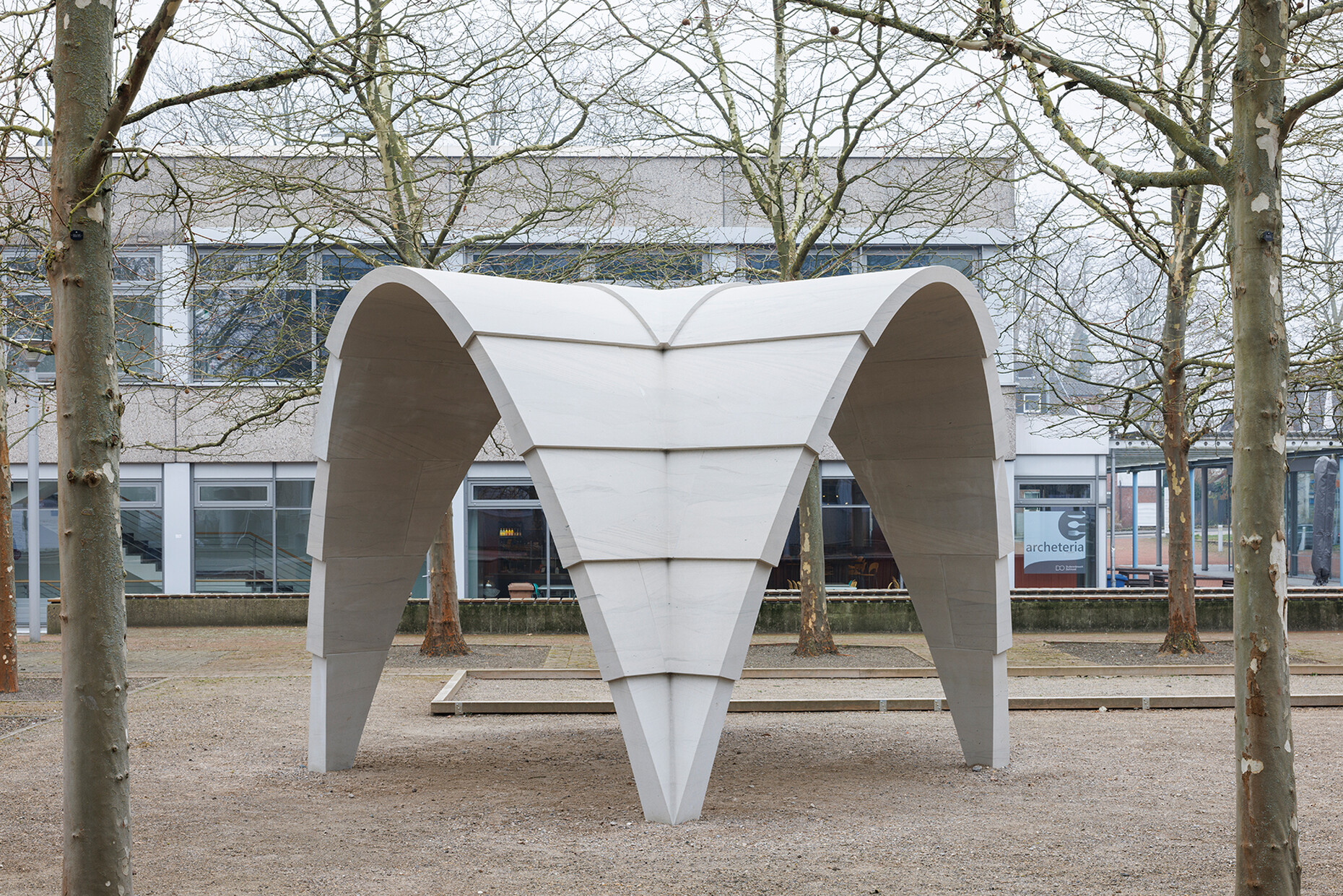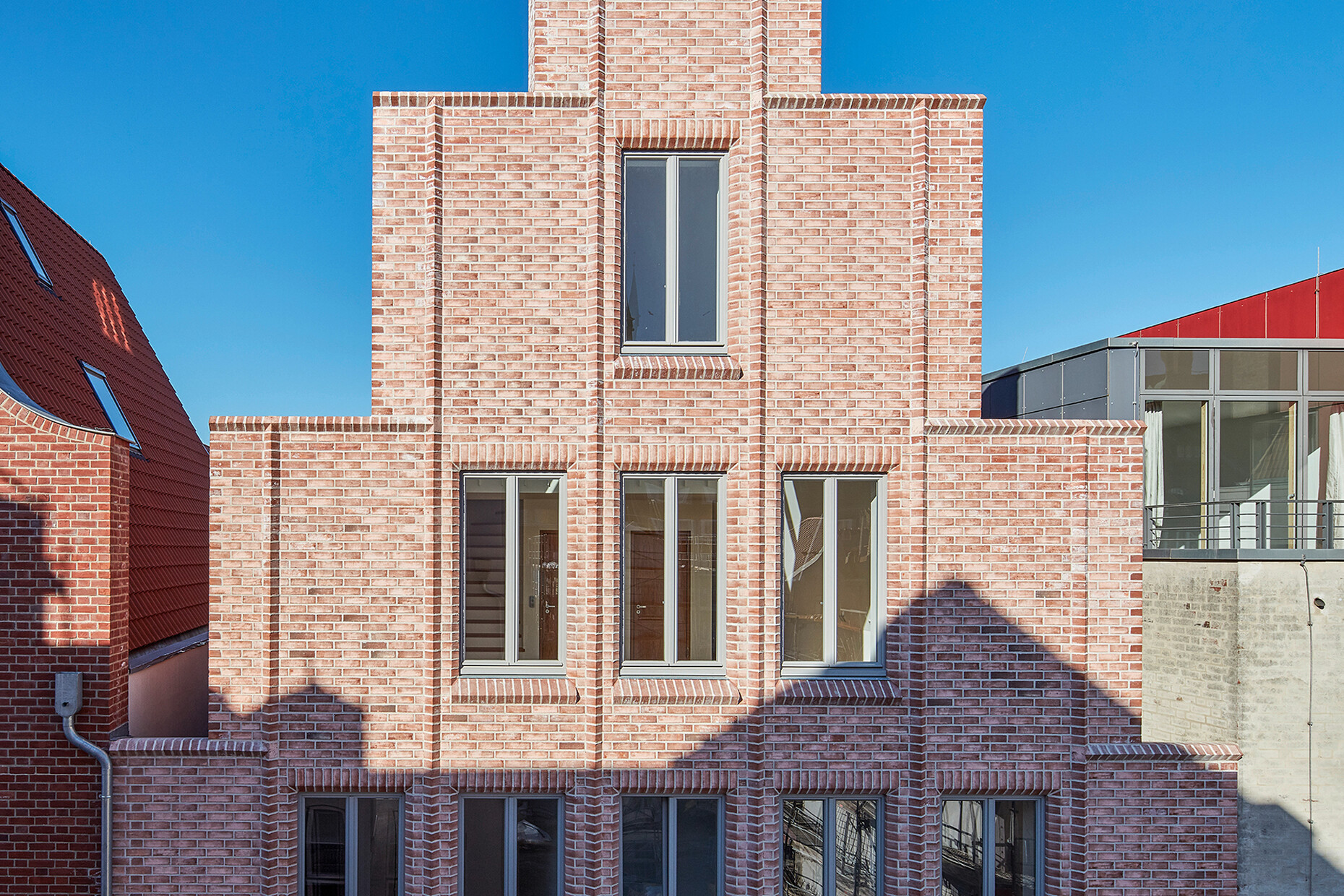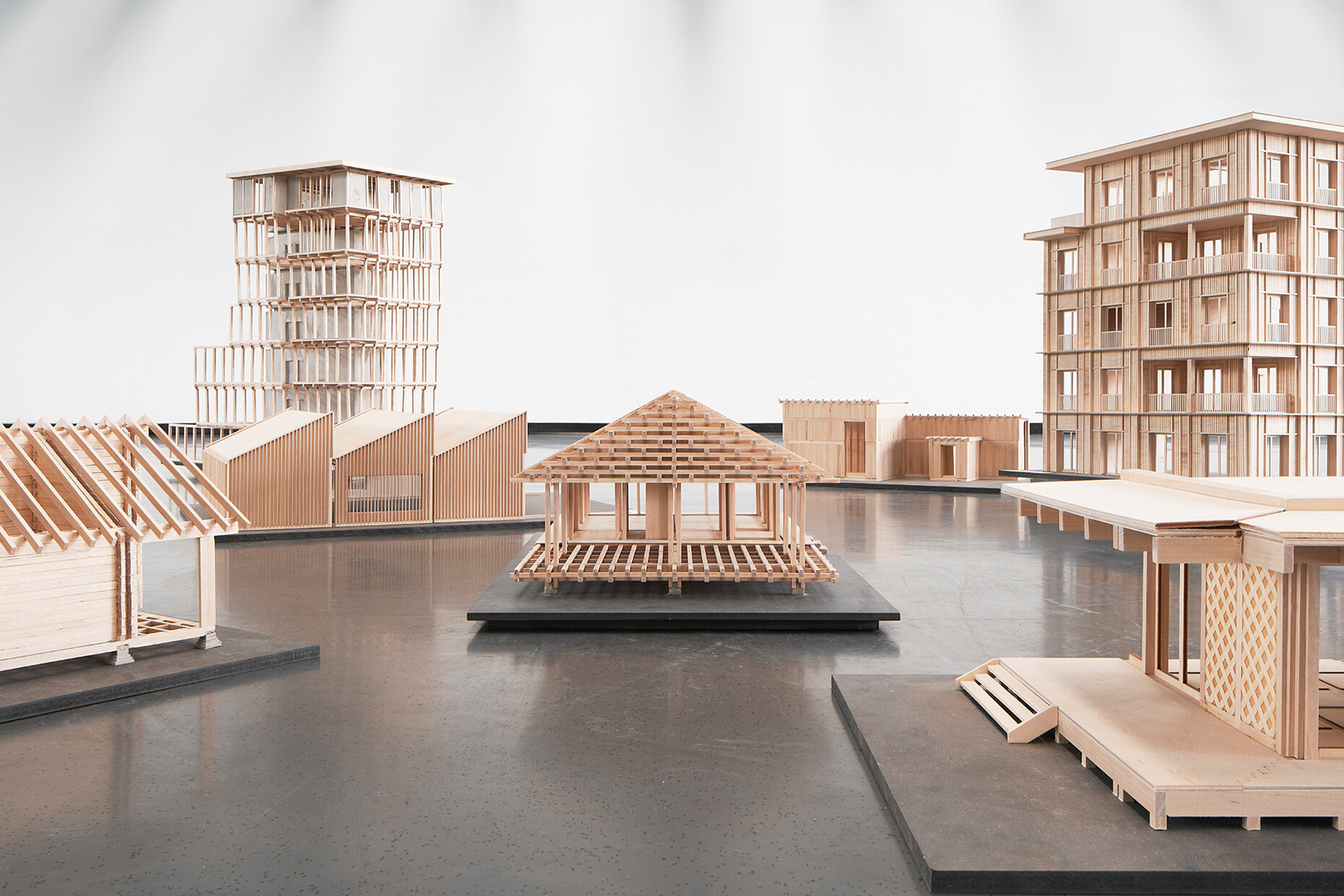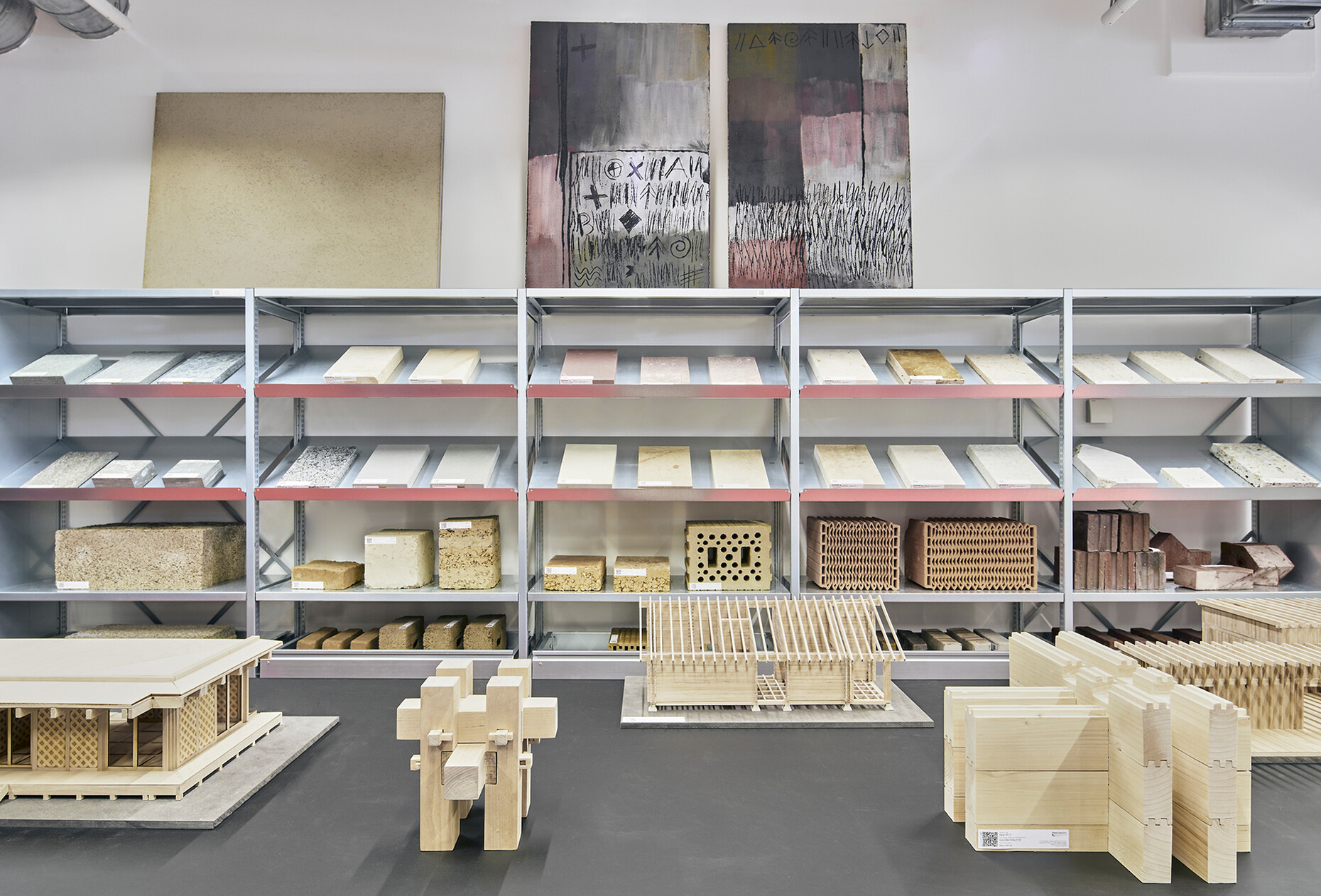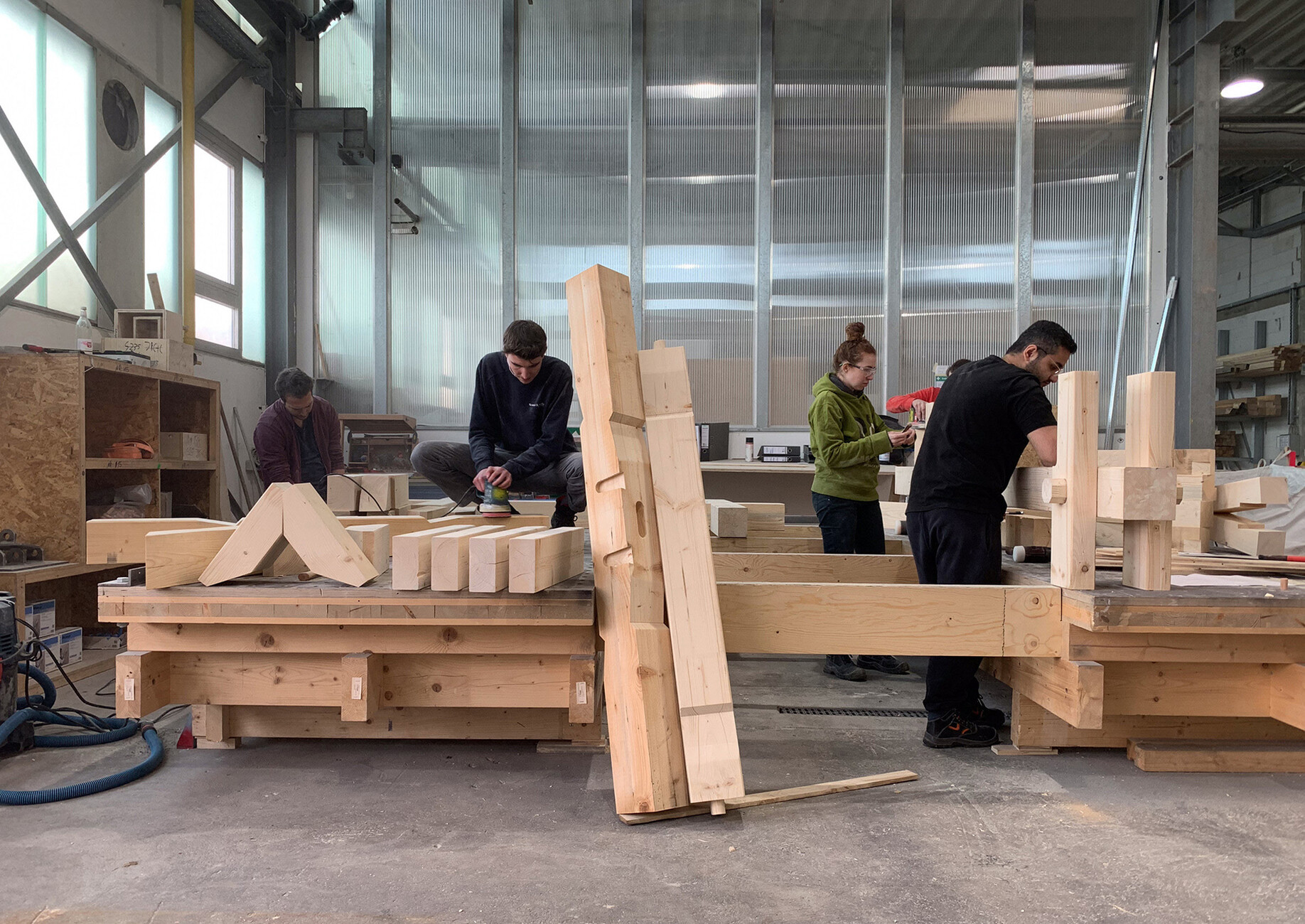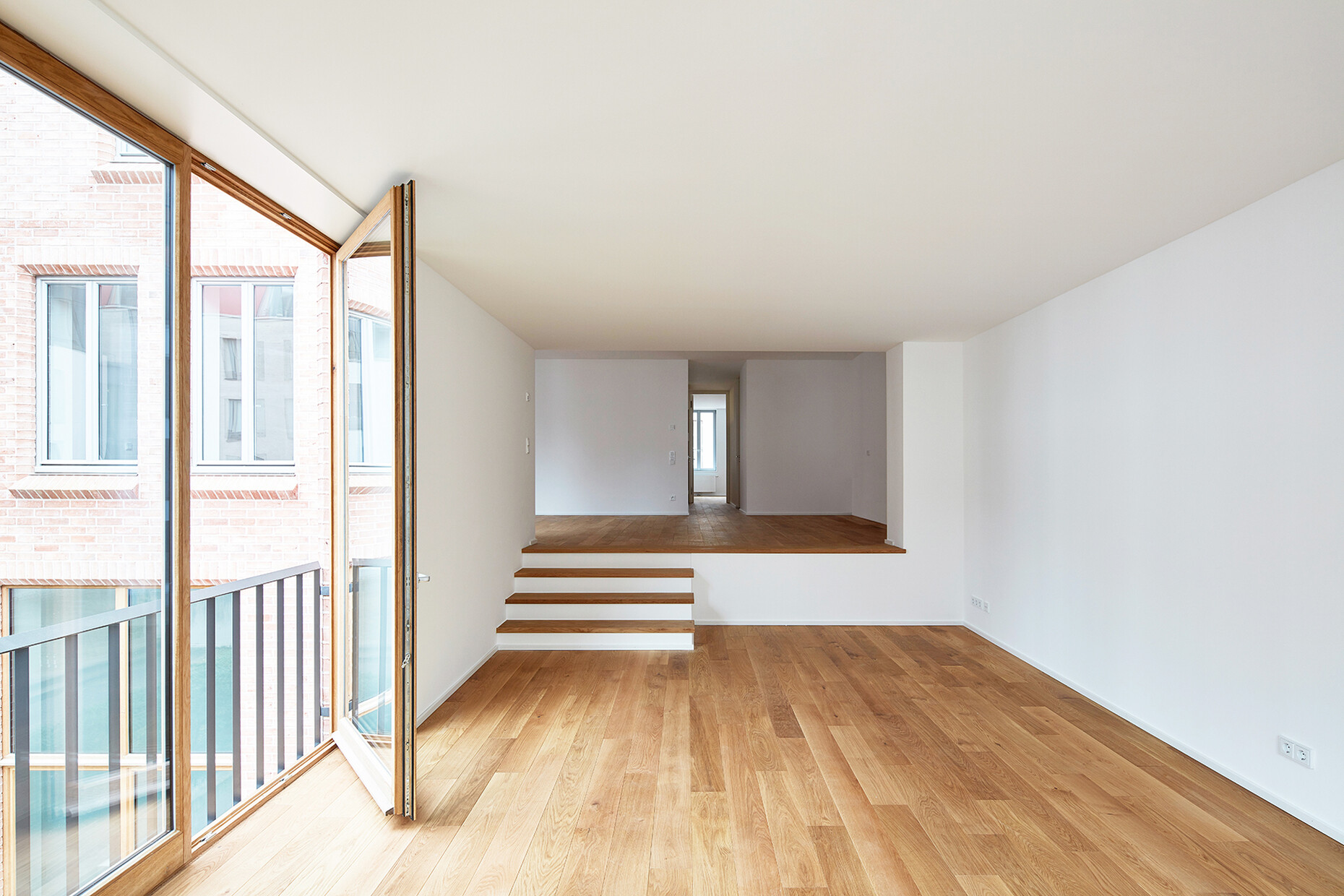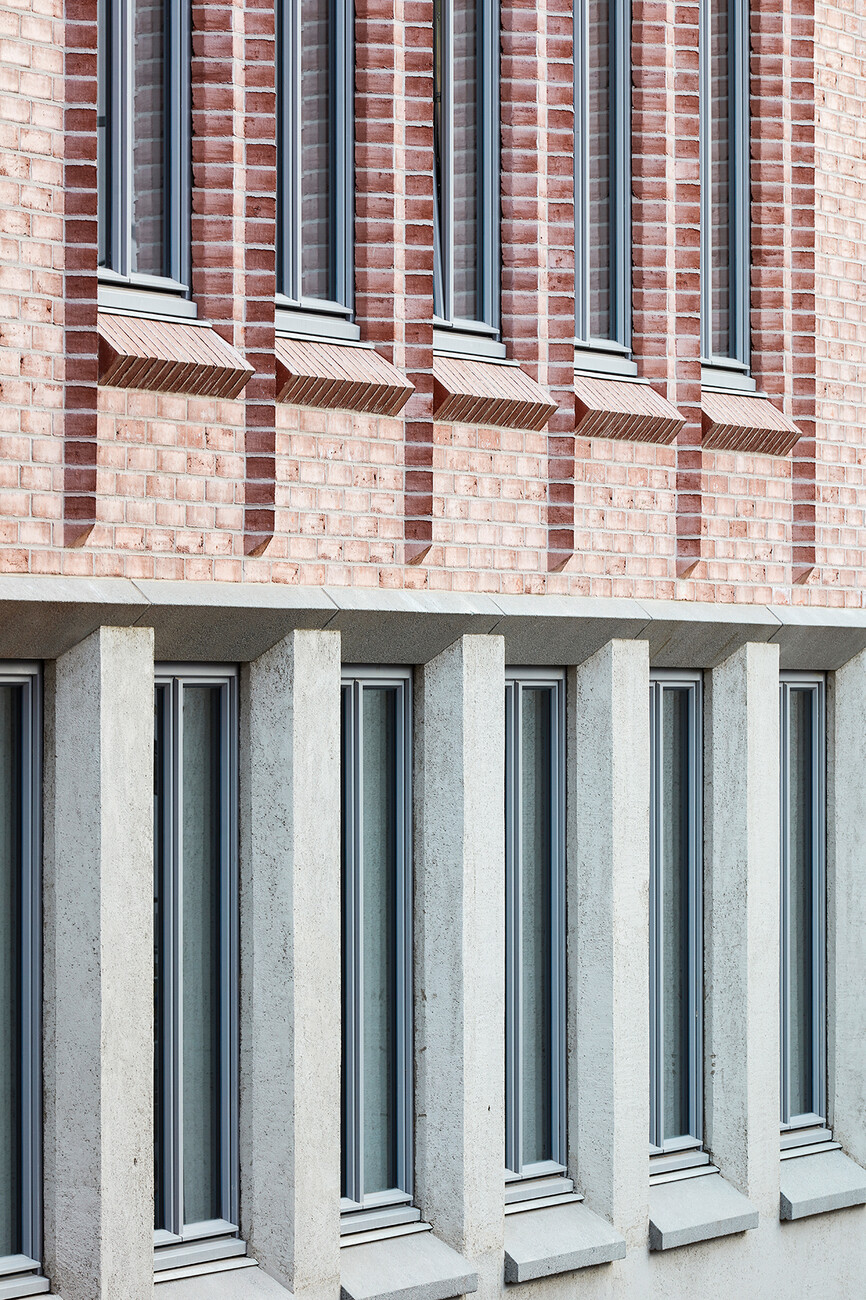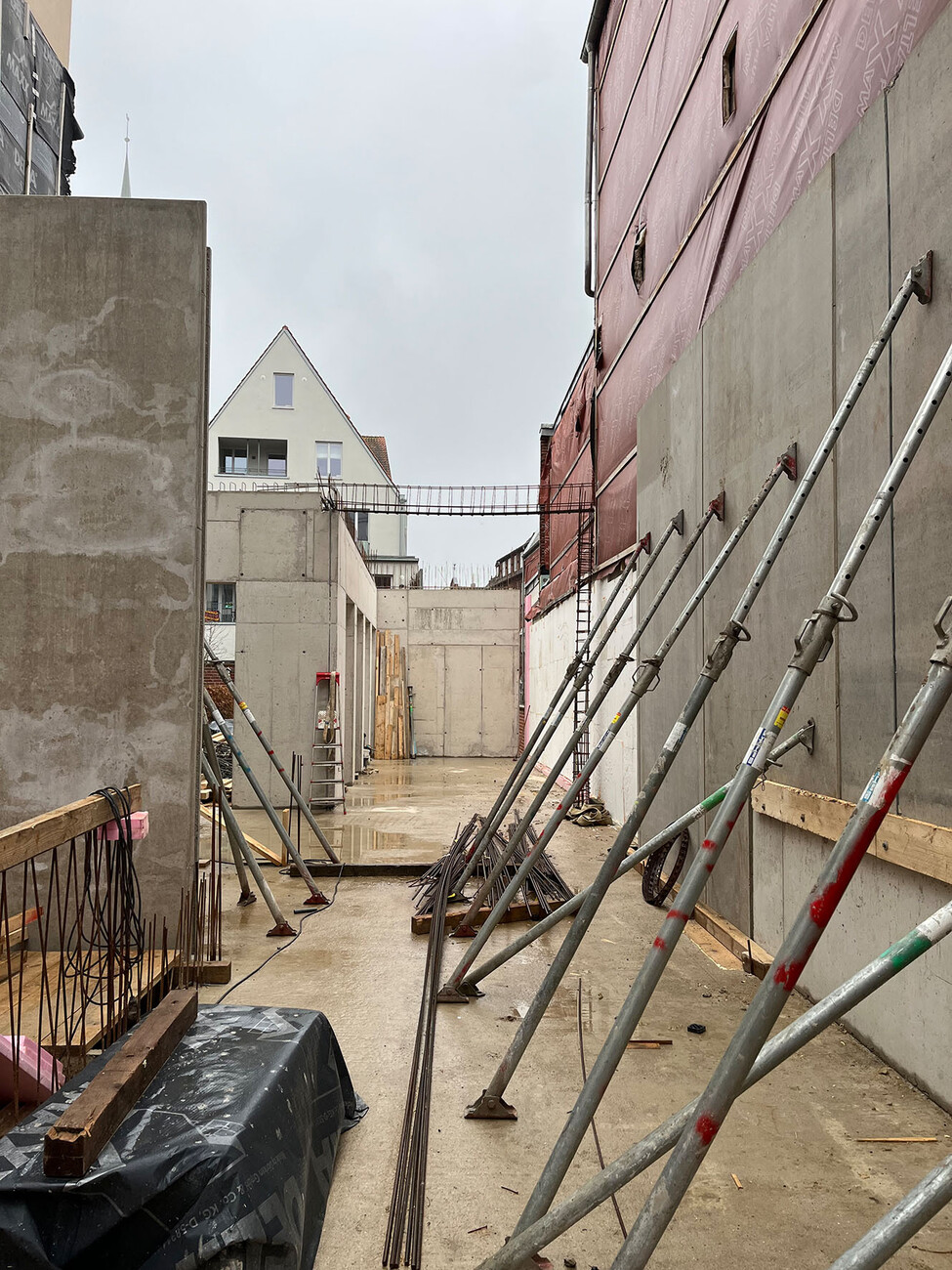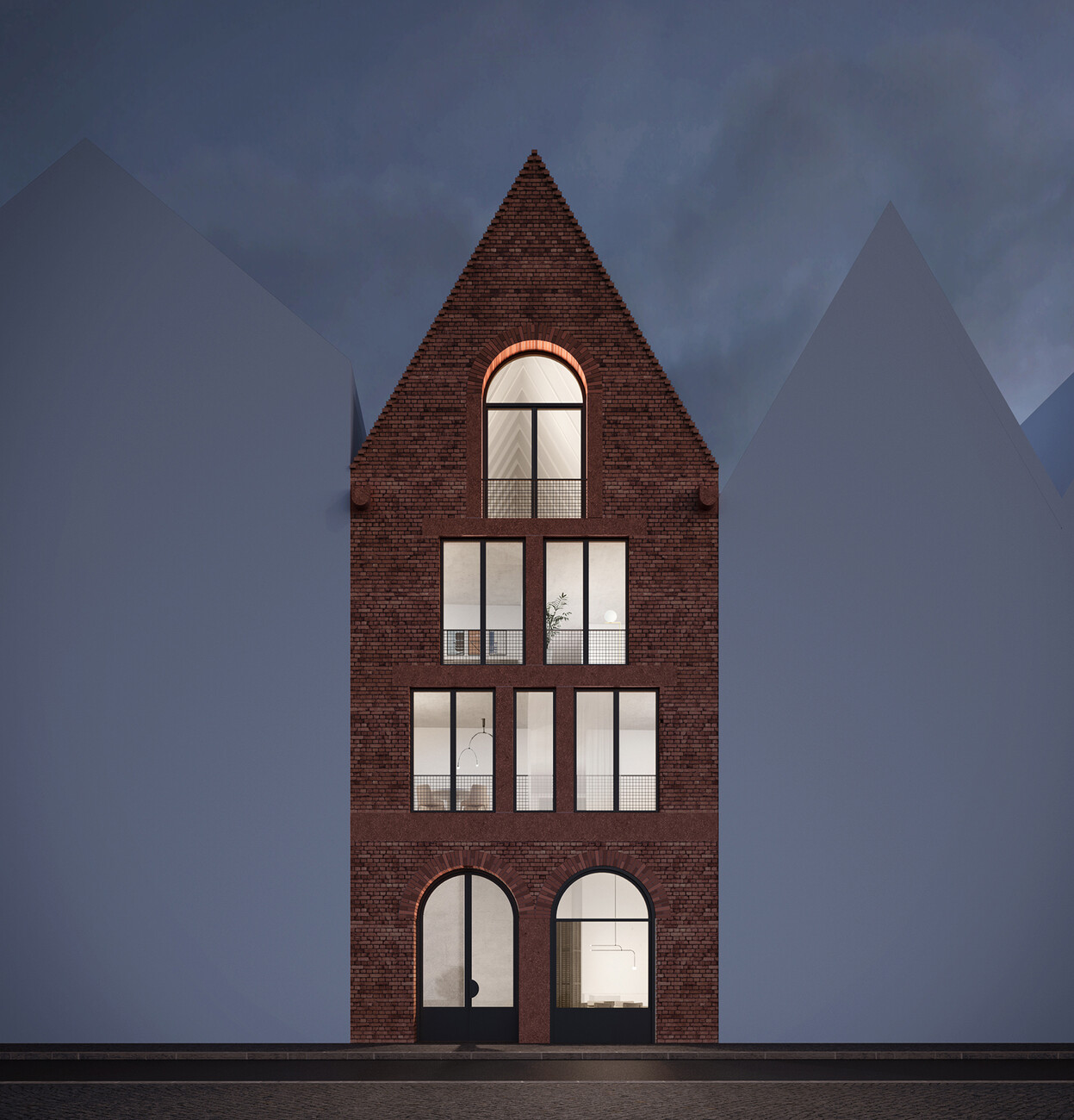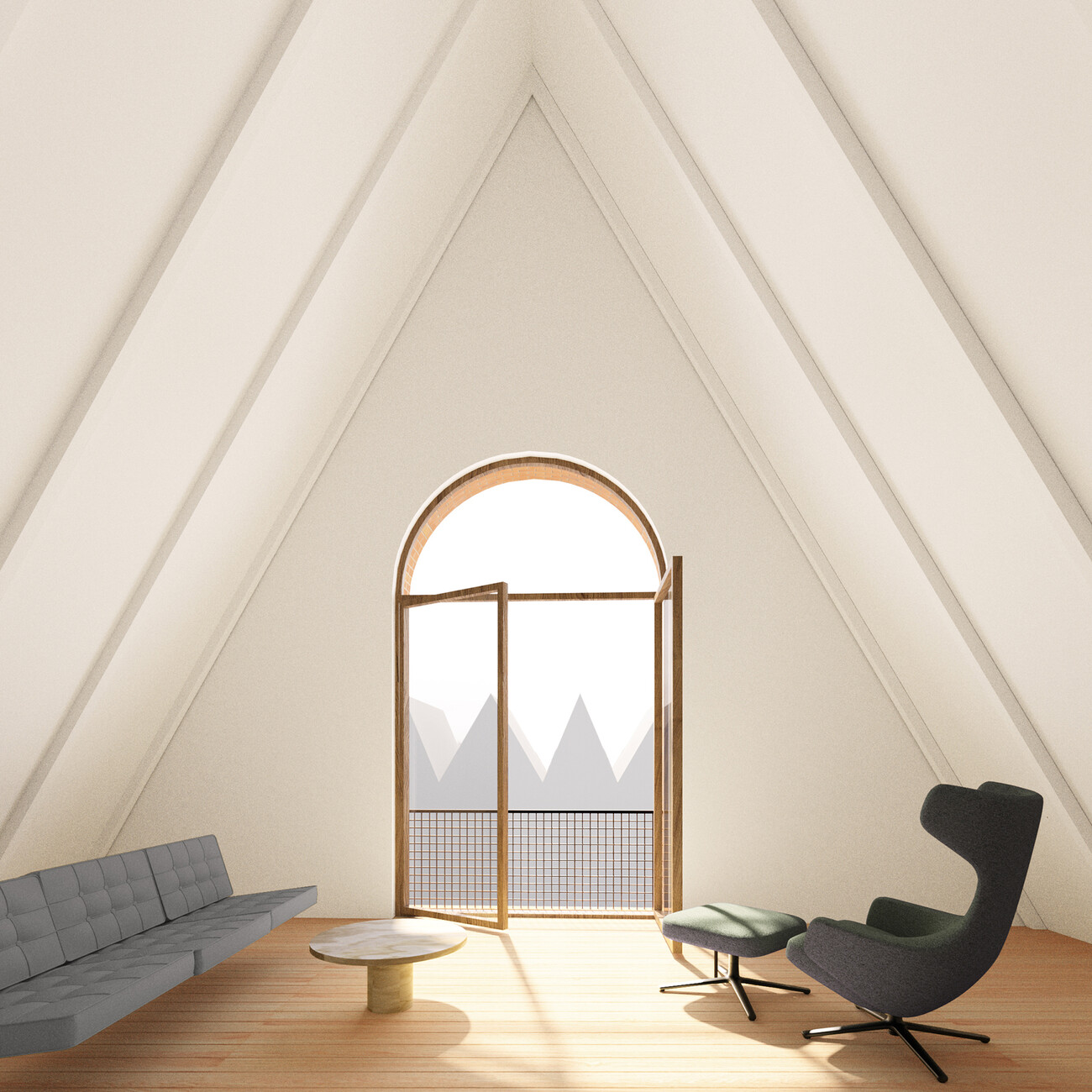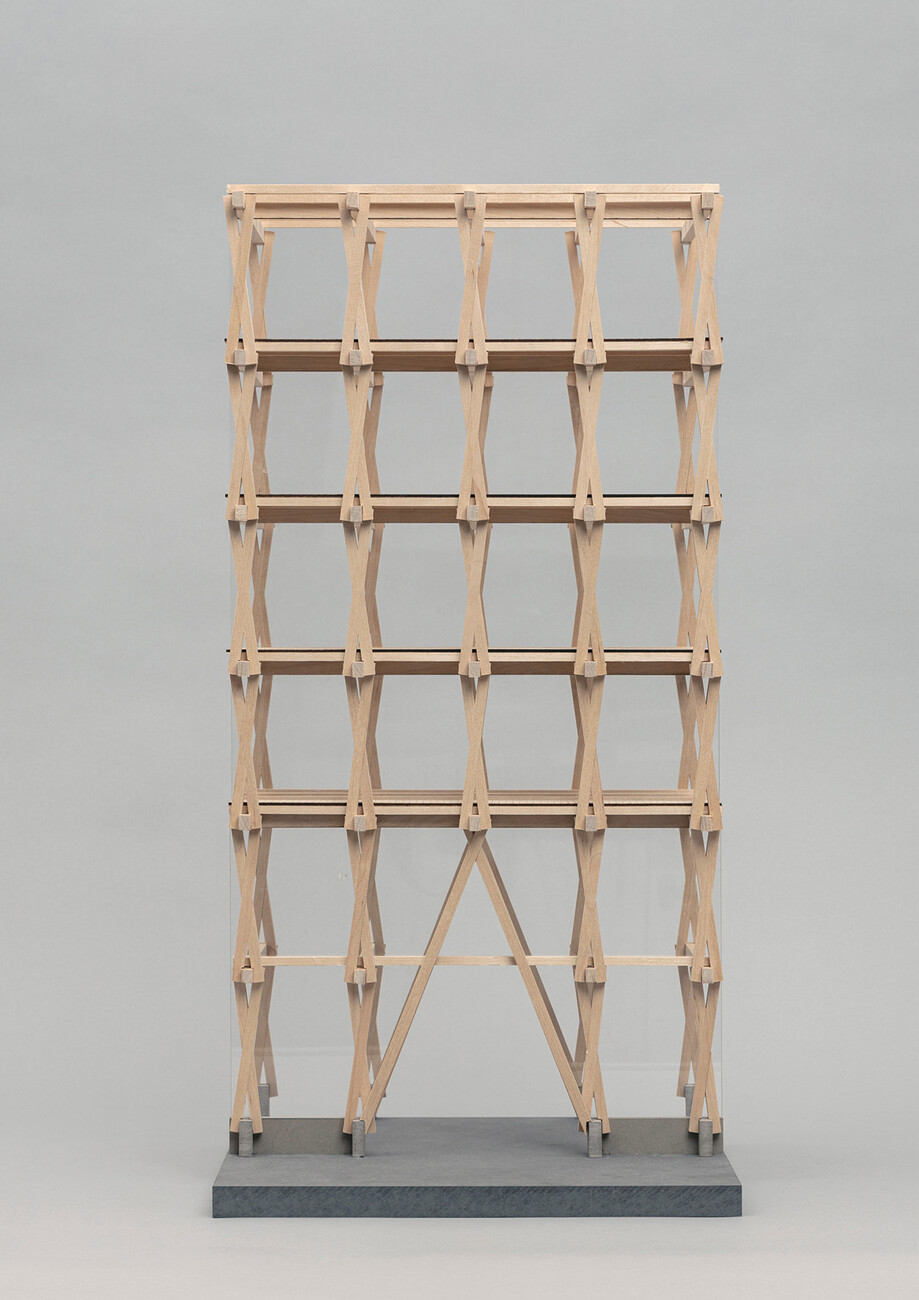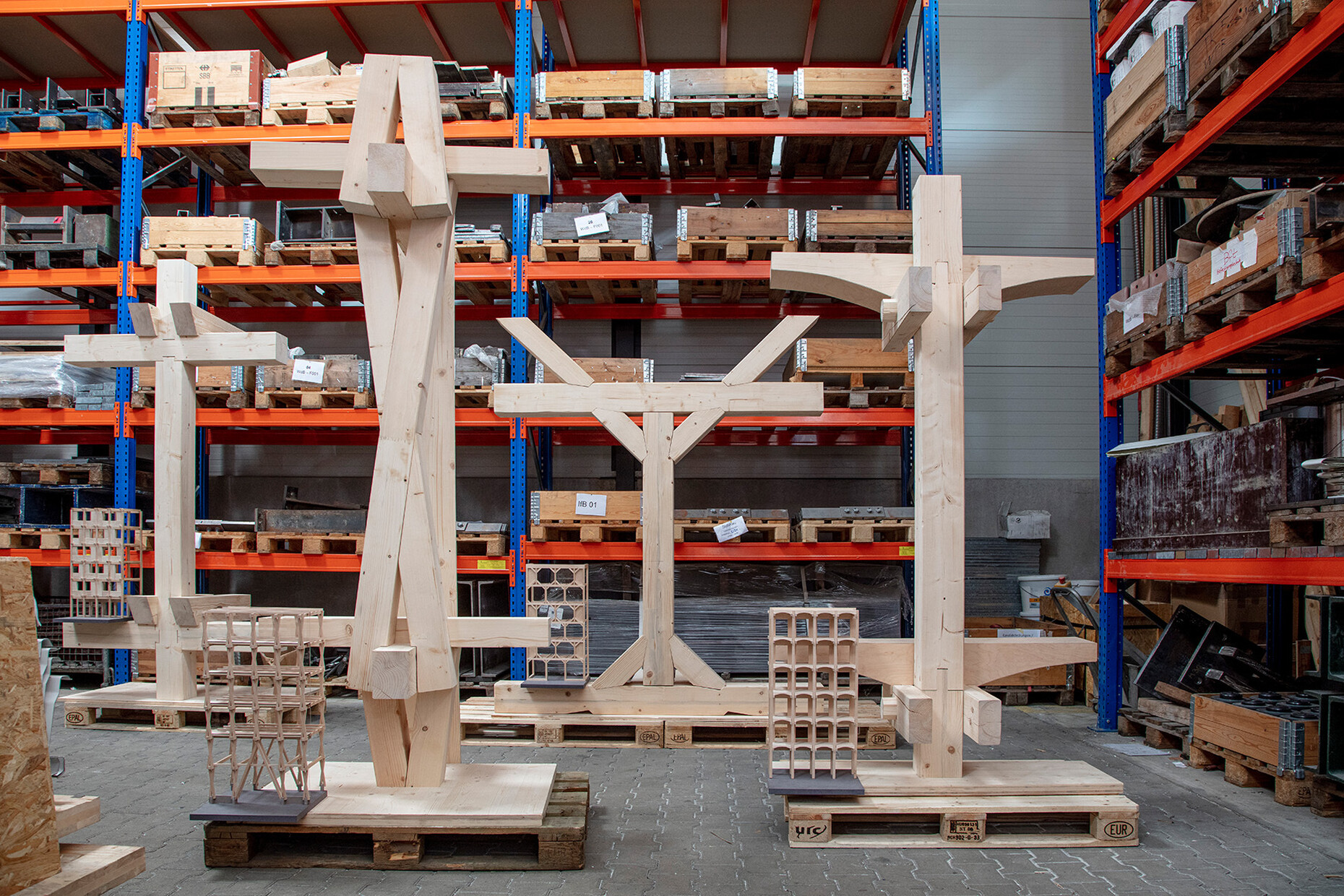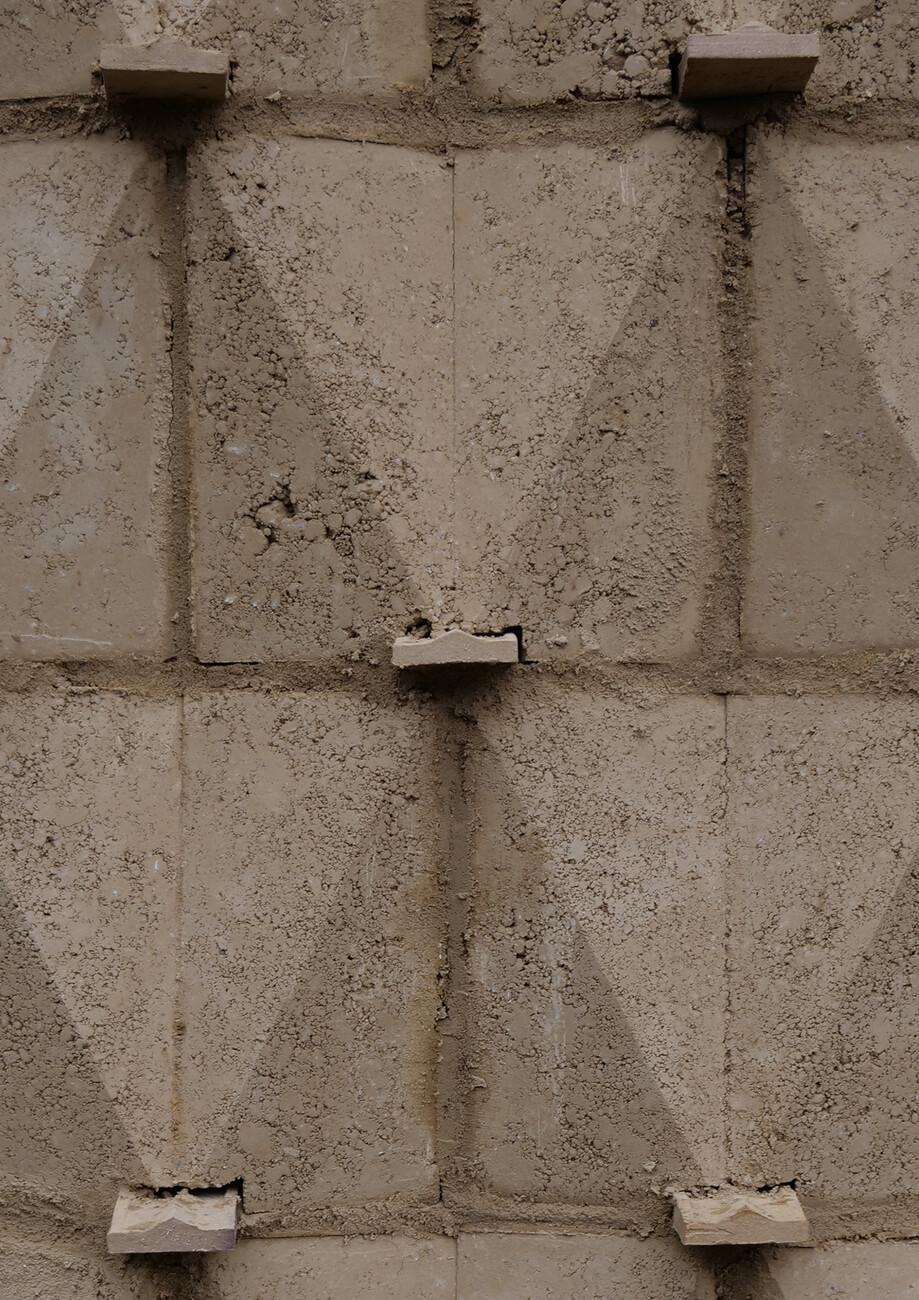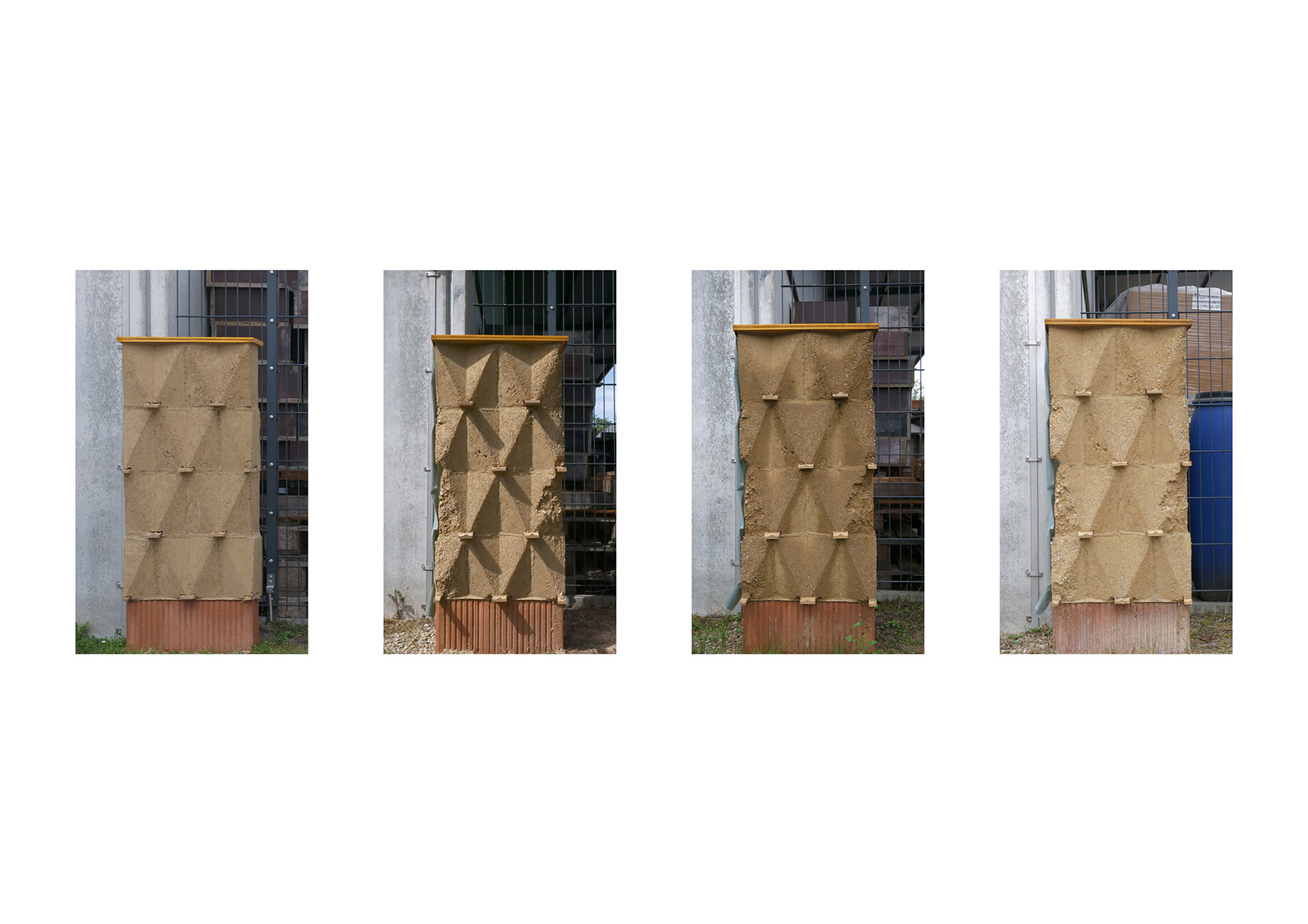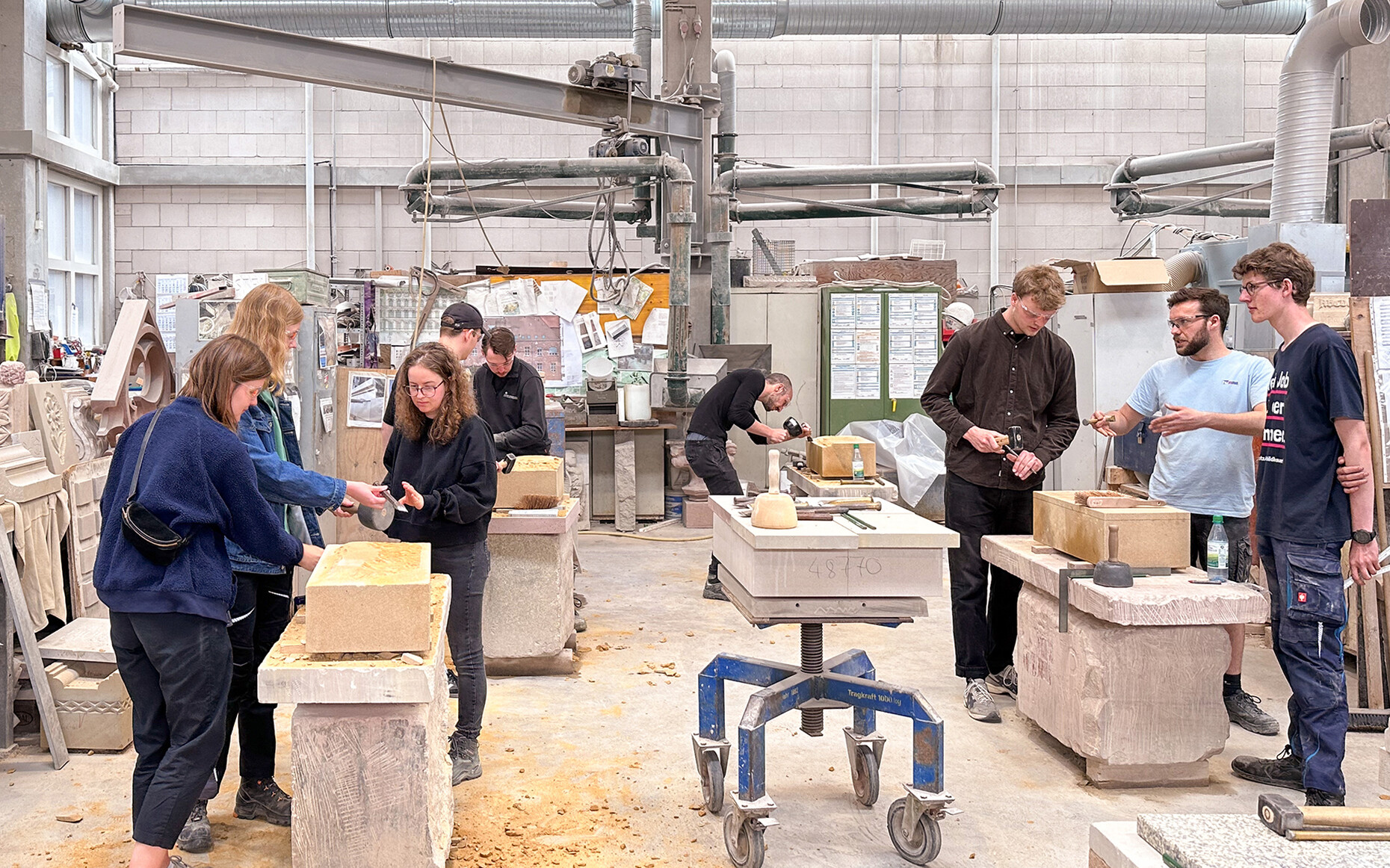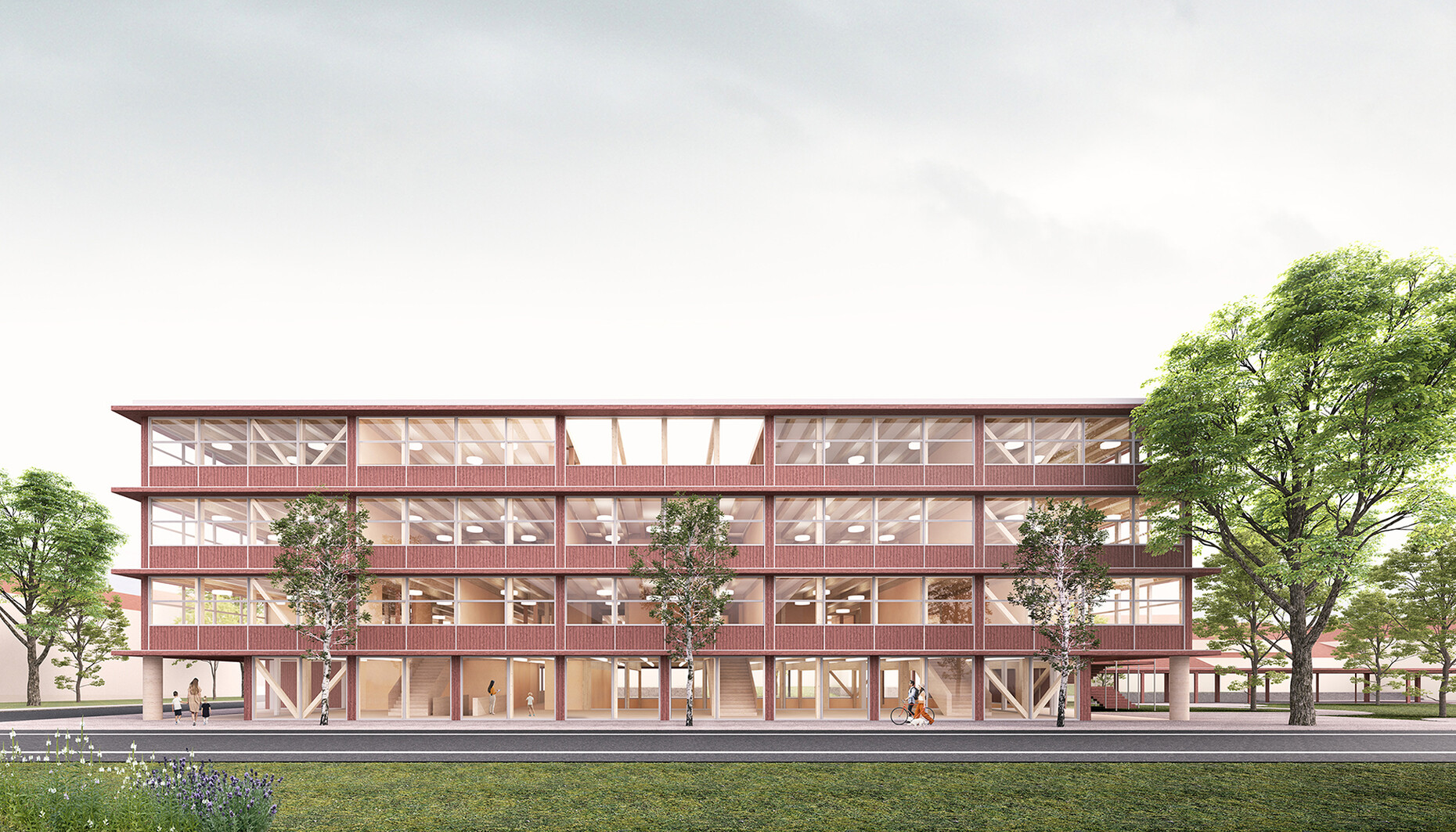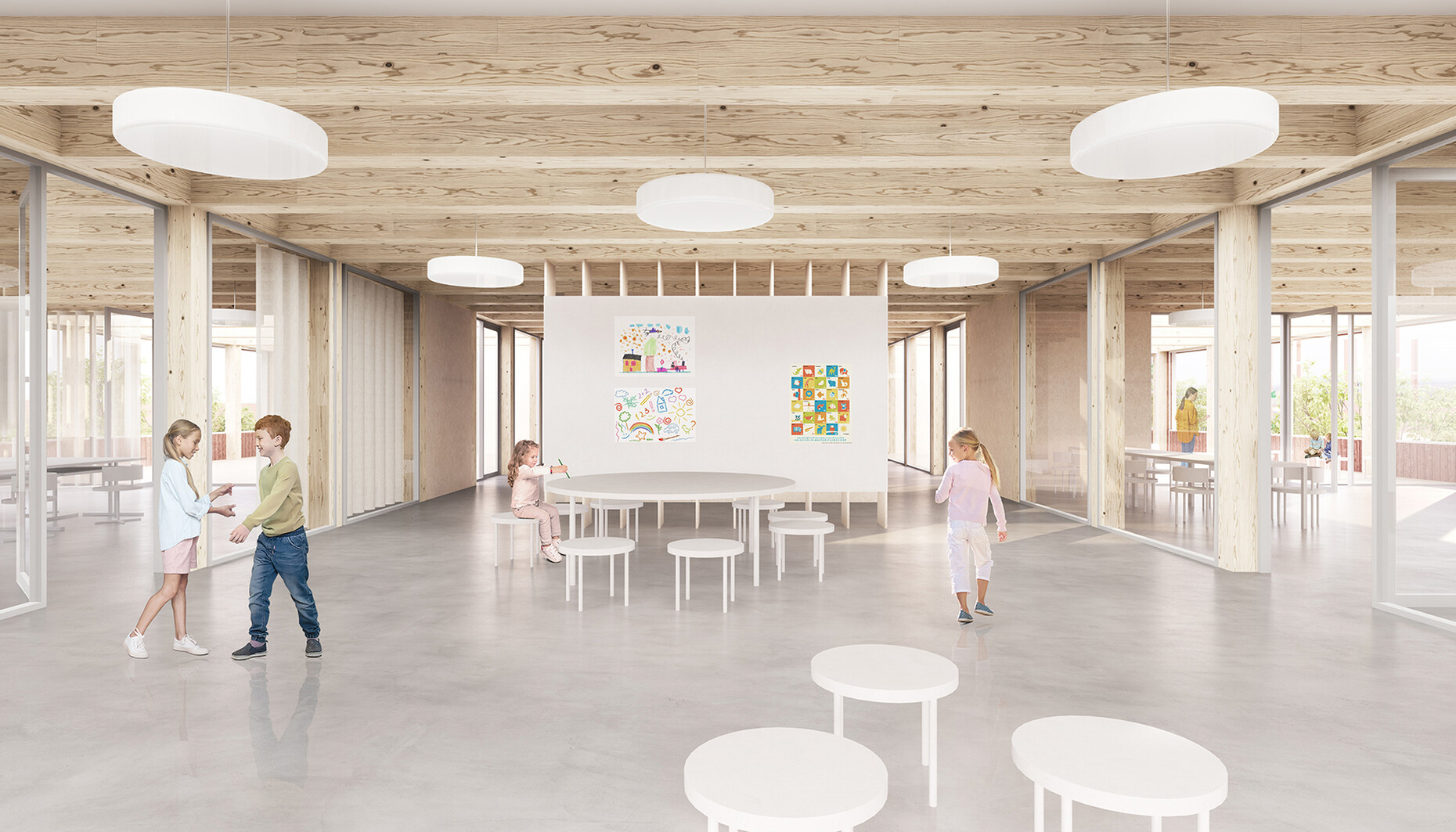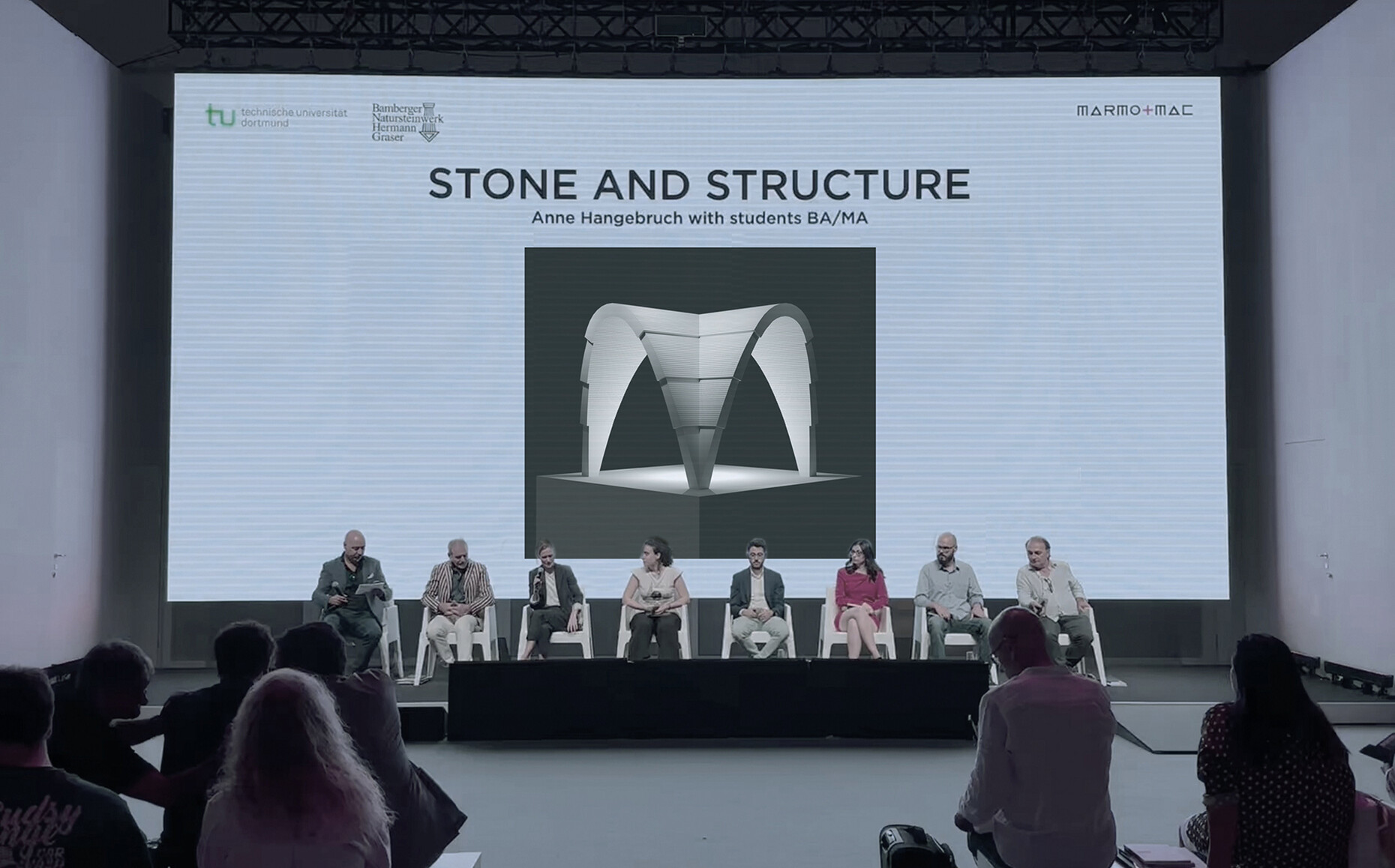Spotlight on Women Architects – Anne Hangebruch
Architect Anne Hangebruch made her way to Switzerland. She was born in Unna near Dortmund in 1981. And she has found her way back to Dortmund, at least with one foot, because since 2020 she has held a chair at the Faculty of Architecture and Civil Engineering at TU Dortmund University. In her youth, she was passionate about painting and drawing and enjoyed the tactile experience of working with materials in crafts and handicrafts. Her art teacher sparked her interest in architecture and building history, so it was only natural that she chose to study architecture. She was hooked from the very first minute of her studies at TU Dortmund University. Under Christoph Mäckler, who has made the “rematerialization of modernity” his mission, she became familiar with his approach, which some dismiss as conservative, of using heavier materials to build solid and durable structures. Her first completed project was the construction of a masonry house in Lübeck.
But first, Anne Hangebruch continued her studies in Zurich at the ETH, where she earned her degree under Hans Kollhoff. After graduating, she worked in his Zurich office, where he, who is on par with Mäckler when it comes to building construction and well-designed facades, taught her. During the realization of a project in Switzerland, she gained hands-on experience on the construction site and was able to accompany the process from planning to artistic site management. She then spent two years leading Hans Kollhoff's competition team in Berlin before moving to London in 2010 to work as a project manager for David Chipperfield for five years. Finally, in 2018, she founded her own office with Zurich-based Mark Ammann, an architect who teaches at the Architekturwerkstatt St. Gallen, and her partner. She now lives with her husband and child in Zurich.
In 2019, she completed postgraduate studies in architectural theory with a Master of Advanced Studies in History and Theory of Architecture at the gta Institute at ETH Zurich. Karl Friedrich Schinkel and Ludwig Mies van der Rohe are her role models when it comes to the “art of the fugue,” i.e., the most perfect structural connection of building components. Anyone who wants to plan constructively, and this insight is not new, would do well to spend a lot of time on construction sites, observing how builders work and how they tick, what is possible on a chaotic construction site and what has been thought up in the office on the computer that is too complicated and unrealistic.
In 2014/15, she took part in a Europe-wide competition for a group of 39 plots in Lübeck's old town. Brick, the building material of choice in the Hanseatic city, suits her well. She ended up in the prize group with her design for three types of houses with a delicate façade that can be interpreted as abstract brick Gothic – without pointed arches, of course. Winning the competition led to her first project in the Hanseatic city. Her dialogical approach struck the right balance between adaptation to the historical context of the old town and contemporary design. She interpreted the Lübeck plank house in a typological way. In 2023, the house was awarded an honorable mention in the Erich Mendelsohn Prize for Brick Architecture. Her work in the Hanseatic city has since led to follow-up commissions. In Zurich, her work focuses on municipal and private projects involving the renovation and preservation of residential buildings, commercial buildings, and housing estates.
After being appointed to a junior professorship in Dortmund, she is once again commuting. The professorship in “Solid Building Structures” is tailor-made for her. She is interested in solid building materials, bricks, and above all natural stone. “Lightweight people love heavy things,” teased a colleague. Her research at the university into possible applications for natural stone, not only as a facade material (“stone wallpaper”) but also as a structural building material, flows directly into her teaching. Students develop amazing stone structures from stones cut using CAD milling, which are then displayed as models or experimental buildings. The result of the “Stone Pavilion” teaching and research project is a vaulted structure whose stones are cut and joined in such a way that no mortar is required. According to Anne Hangebruch, natural stone has good physical properties. If you don't ship it in from Brazil or China, but use regional quarries, the transport costs and thus the CO2 footprint remain low. But you can also learn about the latest developments in wood and clay construction from her – concrete construction, however, is not really covered.
Anne Hangebruch teaches in cooperation with material experts from natural stone works, clay construction companies, and timber construction firms how to build with these natural building materials and what the designs could (or should) look like. In academic German, this is referred to as “investigating the structural use of regional bio- and earth-based materials in the interplay between construction tradition and contemporary expression.” Ultimately, the focus on natural building materials is also ecologically motivated, as we must prepare future architects for the challenges posed by the climate crisis.
Working with and designing building materials is impossible without theoretical knowledge and hands-on experience. Her approach to teaching, which involves developing materials-specific construction and joining techniques on large-scale models using original building materials and understanding these as architectural themes for design, is clear to see. This is why she has built up an impressive archive of building materials at her department. Material samples are neatly arranged on shelves, each labeled with a QR code, dozens of types of stone, plaster samples of all kinds, local woods, metal samples. The aim is for students to develop a feel for the different materials and surfaces. This focus on natural materials, especially heavy materials, is rather rare among female architects. In any case, you can sense the mission that Anne Hangebruch pursues in her research and teaching and which she wants to pass on to her students. But it's not just about teaching; it's about the continuous exchange and mutual inspiration between practice, teaching, and research. The architectural approach she has developed understands material-specific construction as a driver for the architectural expression of the built environment. This is constantly put to the test in practice.
The quality of the structural design using the building materials must therefore be proven on the construction site. That is why her work on the construction site is so important to her. She is a petite person, and not every burly construction worker immediately accepts that she is in charge. But she believes in dialogue. “I can be stubborn, but I'm not pig-headed,” she smiles, adding that communication is the best way to achieve your goals. “Architectural quality needs practical experience,” is her credo.
